Identifying Flowering Plants of California
For Beginners: This is kind of like traveling down a road and you have a destination in mind and every so often you come to a fork in the road and there are always only 2 choices and you have to decide which road to take. Finally after lots of forks in the road you reach your destination. Our destination on this section will be the identification of the plant below. Many will know this plant and others will not but it gives you some experience of traveling this particular route. So, you are out and about in California, and you see a field of these plants, and you wonder, as if you don't know the name, what it is. You come to a fork in the road and you decide to take one of these 2 forks: 1st FORK (Picture of monocot, caption: leaves with parallel lines, veins) (beside the above pic, pic of dicot, caption: leaves with lines, veins appearing net-like)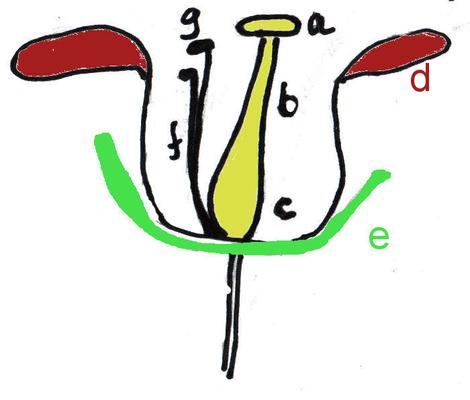
a=stigma, b=style, c=ovary, d=petal, e=calyx, f=filament g=anther,p=bracts(phyllaries),r=ray flowers, s=disk flower
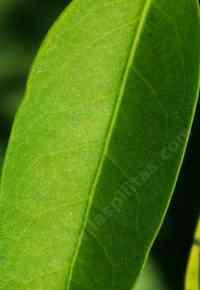
Classic net or branched vein structure of leaf
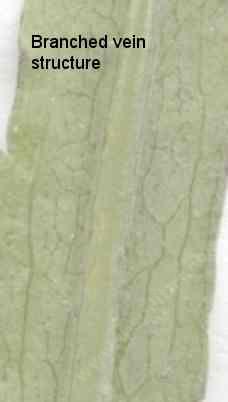
A leaf with side roads
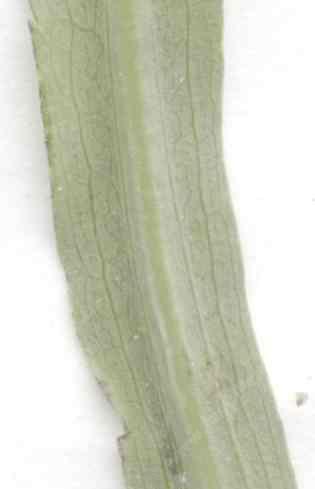
Net or branched veins of leaf
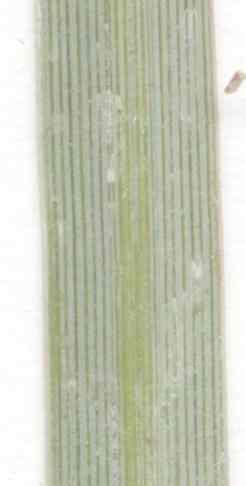
Parallel veins in a leaf
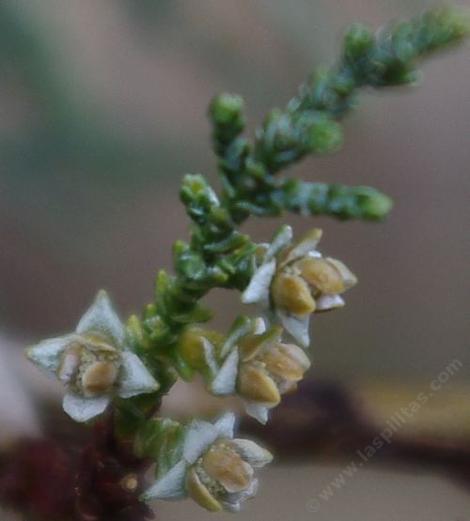
Now we come to the part about sex, as flowering plants are usually identified by their sexual organs So, you are moving along the road and the next fork appears and you pick one of two roads to take:
2nd FORK
Looks like plant has no flowers. (Cupressus macnabiana)
2nd FORK
Looks like plant has no flowers. (Cupressus macnabiana)
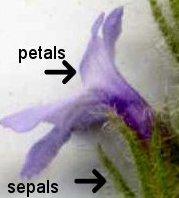
Picture of plant with apparent flowers.
(also line pointing to petals and a line pointing to sepals, with words petal and sepal)
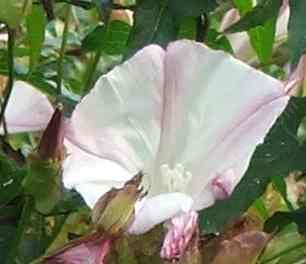
As you go down the road the questions will kind of get more picky and you will want to observe more detailed items, but pretty much everything is out in the open for you to see. You come to a fork that gives your choices as:
3rd FORK
The petals are fused on this flower.
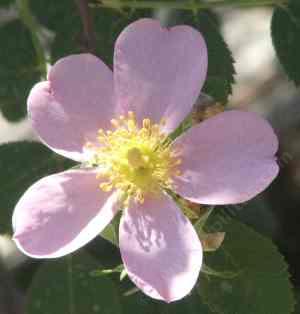
Five separate petals
Before we get to the next fork in the road, I have to tell you about male sex organs of plants. There is no easy way to describe them other than the analogy of balls on a stick, which is called a stamen. the stick is called a filament and the balls are called an anther, and together they are called a stamen. Stamens are usually found smack dab in the middle of a flower. That said, see picture to the right.

Anthers can look different on different plants.
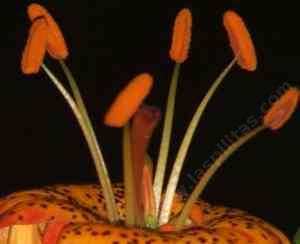
Anthers on the Lilly are rather hard to miss.
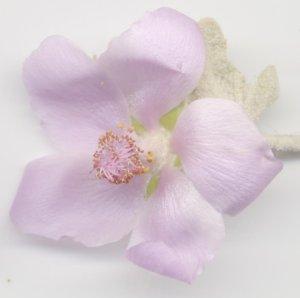
Here is a flower with all the parts compressed into a mass.
So, the new fork up ahead in the road leaves you again with 2 choices:
4th FORK
Flower parts
As you are traveling down this road, flashback from the 2nd fork in the road,
When you get to the next fork, you will have to make a choice about sexual organs again, this time the female sexual organs of a plant. All together, the female organ of a plant is called a pistil. The analogy is egg sac on a stick turned upside down. There are 3 parts, the gooey, sticky bulge on top, called a stigma, the stick, called a style, and the swollen part containing the eggs, called an ovary.

Some flower parts.
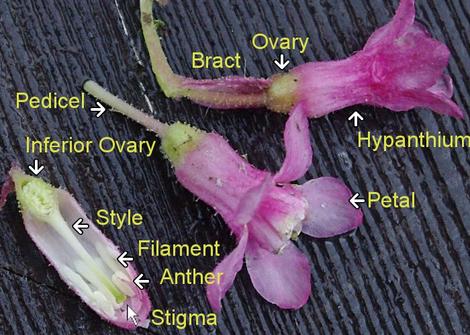
Here are most of the parts of a Ribes sanguineum glutinosum. Notice the inferior ovary. The ovary is below the flower parts. Notice how high up the stamens are.

The Arctostaphyos (manzanitas) have superior ovaries. The flower parts are lower than the ovary. Also on this Adams manzanita the branchlets are puberulent, not glandular. If the hairs were glandular, the end of each hair would have a drop of resin on on it and the stem would stick to your finger, literally.


